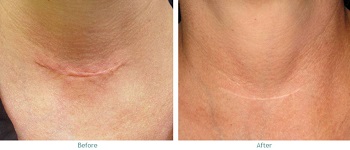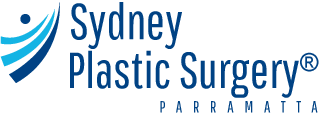 Scar revision is a treatment procedure that helps to alter and alleviate the after-effects of scar tissue formation, and it is utilized to improve the physical appearance and eliminate unsightly scars. Scarring has various effects not just on the skin but to a person’s self-esteem as well. It alters one’s view on the quality of life and their general appearance. The early stages of scar formation can be taut, uncomfortable, stiff, and very itchy.
Scar revision is a treatment procedure that helps to alter and alleviate the after-effects of scar tissue formation, and it is utilized to improve the physical appearance and eliminate unsightly scars. Scarring has various effects not just on the skin but to a person’s self-esteem as well. It alters one’s view on the quality of life and their general appearance. The early stages of scar formation can be taut, uncomfortable, stiff, and very itchy.
Treatment choices
Various treatments are addressed to minimize scar formation. These treatment methods include injectable fillers, chemical peels, microneedle therapy, dermabrasion, and laser therapy that help to stimulate neocollagenesis. Other treatments involve non-ablative laser therapy that aims to eliminate redness and smooth the texture of the scarred area, and fractional radiofrequency therapy that helps to eliminate scar tissue formation.
How does scar revision work?
During the administration of energy-based scar revision therapy, there are prescribed treatment parameters that need to be established in order to promote the patient’s comfort and safety first and foremost. These parameters will then minimize the occurrence of physical an internal damage to the surrounding tissue, maximizes optimum results for scar revision, and manages precision energy delivery for a faster recovery window.
Treating scar revision for darker skin using laser energy is a bit more complicated compared to treatment for lighter skin. Patients are more at risk for developing post-inflammatory hyperpigmentation or PIH.
